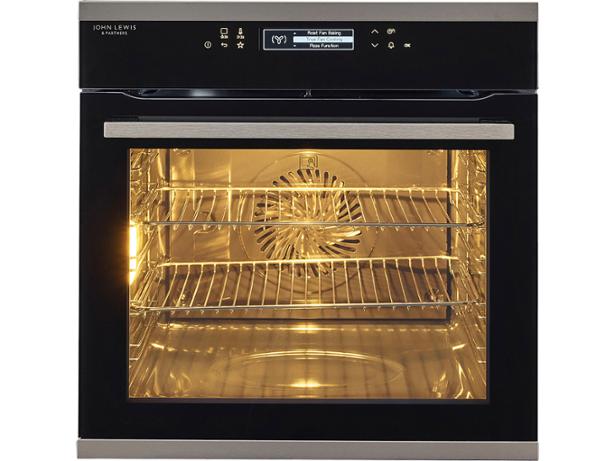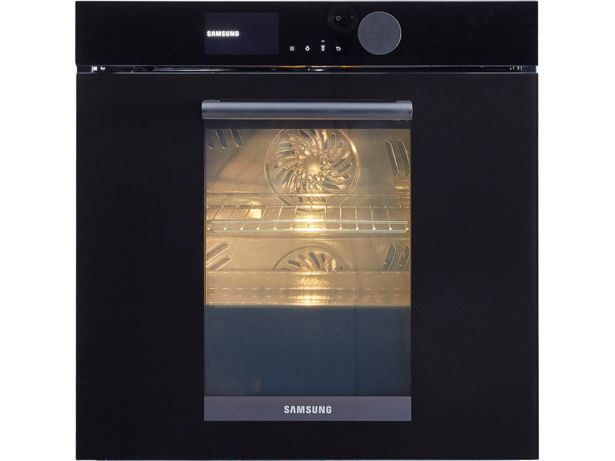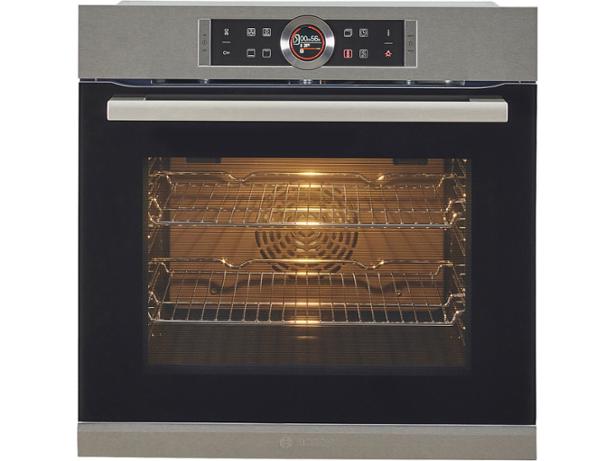Installing ovens, cookers and hobs

According to a recent survey, 14% of Which? members who'd had a cooking appliance installed in the past five years incurred unexpected installation costs, and 6% had significant installation problems.
The problems they experienced included:
- Needing an extra cable put into their consumer unit (where electrical cables within your home terminate).
- Needing a new socket installed.
- Receiving a cooking appliance with a plug when they were expecting it to be hardwired.
Prior knowledge and planning will help you avoid unexpected issues. Read on for advice on what to consider when planning to install a new hob, oven or cooker.
If you're in need of a built-in oven, see our best built-in oven recommendations to help you find one.
Step one: plan your purchase
Step two: check your consumer unit
Step three: look into installation services

Cooking with gas is cheaper than electricity. But if your kitchen is only set up for electric appliances, it's likely to cost several hundred pounds to reroute a gas line. While gas hobs can be effective, and have traditionally been a favourite of chefs, we find induction hobs generally out-perform them. Also, electric ovens spread heat more evenly than gas.
Switching from a gas oven, hob or cooker to electric may also require expensive work. You’ll need to have an electric line installed and the gas line capped. If you are considering switching fuels, get quotes from two or three companies.
If you're replacing like with like, John Lewis offers oven installation services costing between £75 and £110. Currys offers a similar service for between £75 and £90. Most shops will also take away your old oven for £15 or £20.
The ECA (Electrical Contractors' Association) advises that electricians should be Part P registered in order to undertake certain electrical work in homes. This can include new circuits and new consumer units. If in doubt, consult a suitably skilled and registered electrical contractor.
If you don't already know a trustworthy electrician or plumber, use Which? Trusted Traders to track down a local tradesperson endorsed by Which?. You can also use our Trusted Traders search tool.
Using cooking appliances that are already installed
As well as being built into kitchen units, ovens are heavy and a hassle to move. This means people often decide to leave them behind when they move.
If you’re lucky, the oven will be clean. However, before you pop in your first meal, you'll also want to be sure it’s safe to use.
For gas ovens, ask the vendors for a gas safety certificate. If they haven't got one, or it's been more than a year since the last check, get a Gas Safe-registered engineer to carry out a safety check. You want to be absolutely sure it’s not emitting carbon monoxide. This is best done before you move in, if possible.
If an electric oven has been left behind, you should get an electrician to give it the once-over and a safety certificate before you use it.
The previous owners may have left a manual behind, but if not, it's likely you'll find it online as a free download.
Go to Trusted Traders to track down a local tradesperson endorsed by Which?


